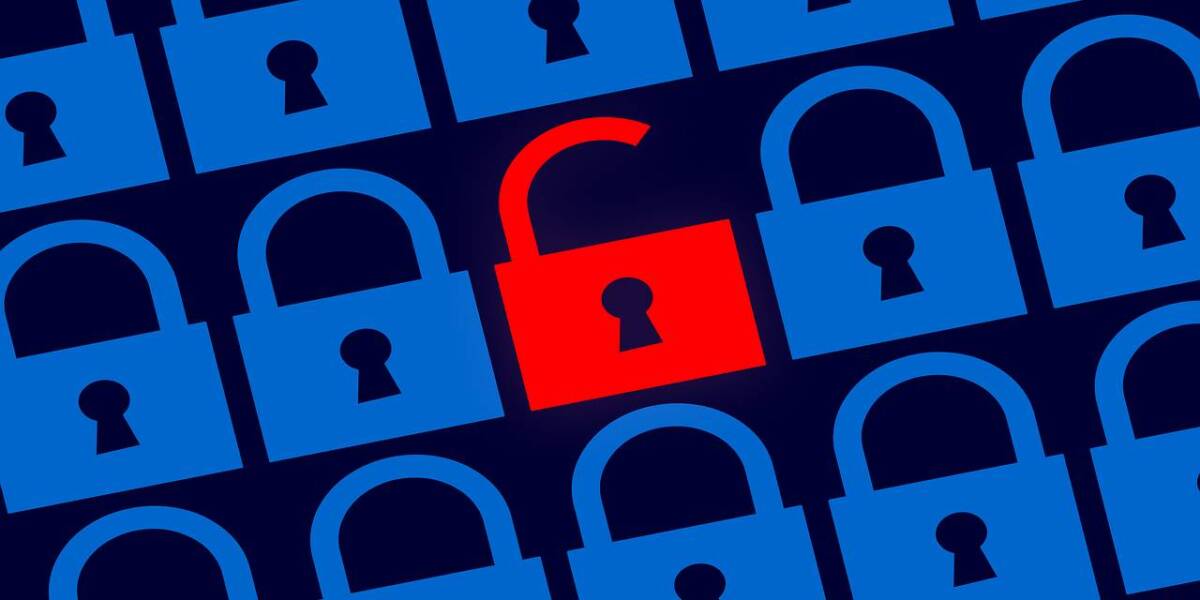Neglecting cybersecurity comes at a high cost. A massive spike in cyberattacks happened in 2020 when the pandemic started, and people began working remotely. Many companies, businesses, and individuals weren’t ready for the hacks that happened. Cybercriminals abused the situation to the maximum, but part of the blame also goes to the victims.
Hackers have always been a threat. The pandemic only exposed vulnerabilities that were already present. Seeing that an average breach costs millions of dollars, it’s wise to invest a tiny portion of that amount in training, modern systems, and software that protects your data. Let’s get into some of the best practices that enterprises can implement to avoid breaches.
Strengthen password security
Weak passwords are still the number one cause of cybersecurity incidents. Don’t use your children’s names, pet names, or date of birth as passwords. Even more so, don’t use them as passwords for company accounts. Everyone in your enterprise needs to know that the minimum requirement for a strong password is at least 12 characters. Not only that, but there must be lowercase and uppercase letters, numbers, and special characters. As an additional layer of protection, you can implement multi-factor authentication.
Most employees use the same password for every account because it’s easy to remember. If their personal profile gets hacked, your company secrets will spill out. All it takes is a single point of entry for a castle to fall. Even Troy fell from the inside.
Another tactic is to use a password manager. Instead of writing a long list of characters and numbers on a piece of paper, your employees will have everything in one spot. Implementing this practice will enhance your security and deter potential attackers.
Secure wireless connections
Remote work showed just how unsafe Wi-Fi really is. Many remote workers knew nothing about cybersecurity at the start of the pandemic and connected to access networks or unsecured routers. Browsing the internet unprotected leaves crumbs of data that can be used to launch a targeted attack on a single individual or a business entity. The weakest link is always human. All it takes is a single man-in-the-middle attack to take down a company.
A VPN makes you almost invisible online and allows you to change your geographical location on the fly. Also, companies like NordVPN are taking things much further. They offer threat protection, which blocks cookies and ads, scans executable files for malware, and checks every site you visit for a potential breach or suspicious activity. That’s taking things to a new level. Even if some of your employees unintentionally make a mistake, the layers of security that NordVPN has to offer completely avoid the attack.
Enhance awareness
The hybrid work model has a lot of business leaders thinking that personal mistakes are the cause of breaches and hacks. They’re not wrong. During the pandemic, everyone was at home, but now, remote workers are going to coffee shops, airports, train stations, and coworking spaces to do their job. But, their devices are often insecure, and they use public Wi-Fi networks.
Educating them and enhancing awareness is the only way to ensure they use the cybersecurity practices you preach. First and foremost, people click on all sorts of links, unknown emails, and pop-ups. This is the oldest trick in the book, but it still works incredibly well. Hackers create emails that look official, and they steal information by making mirror pages.
To combat this, host a couple of workshops to help employees of all levels recognize signs of fraud, fake websites, and phishing emails.
Not only that, but you should preach the importance of using VPNs at all times and installing an antivirus on each device. If not, cybercriminals intercepting your communication with public Wi-Fi routers can sniff all the sensitive data you send.
Updates
Everyone hates updates, we know. You have to wait for the update to download, then install, and then your laptop restarts, and you have to open all tabs again. Statistics show that only 40 percent of enterprises are committed to installing an update in the first two weeks after receiving the first notification. The other 60 percent don’t even bother. The main point of an update is to increase security and improve the user experience. Don’t postpone them.
TechnologyHQ is a platform about business insights, tech, 4IR, digital transformation, AI, Blockchain, Cybersecurity, and social media for businesses.
We manage social media groups with more than 200,000 members with almost 100% engagement.







































